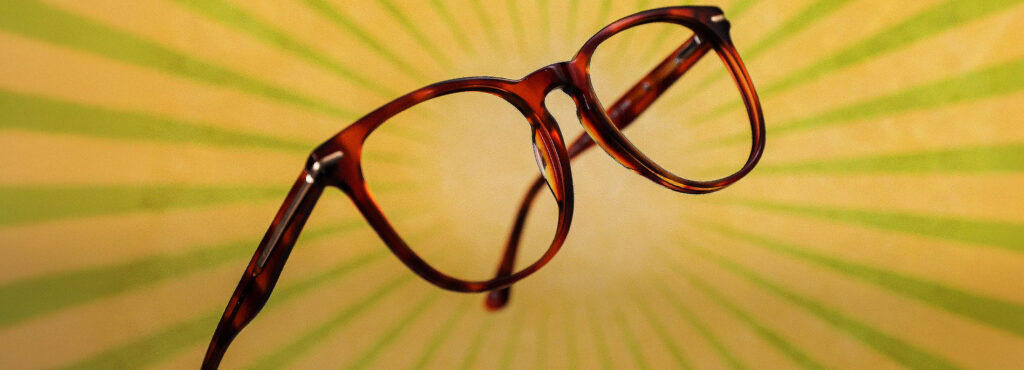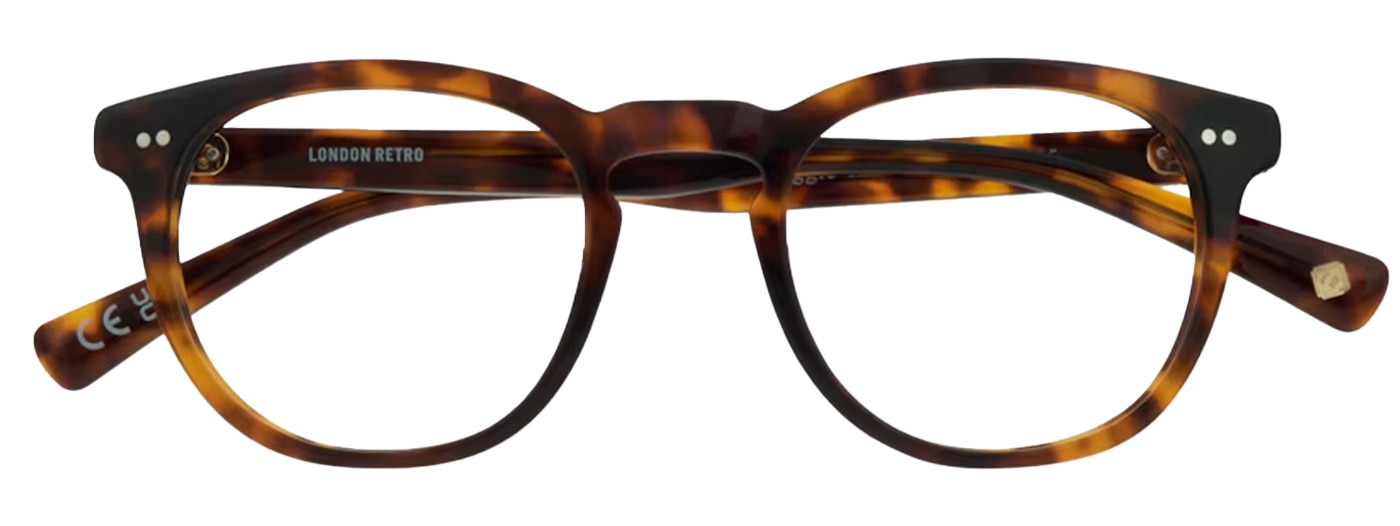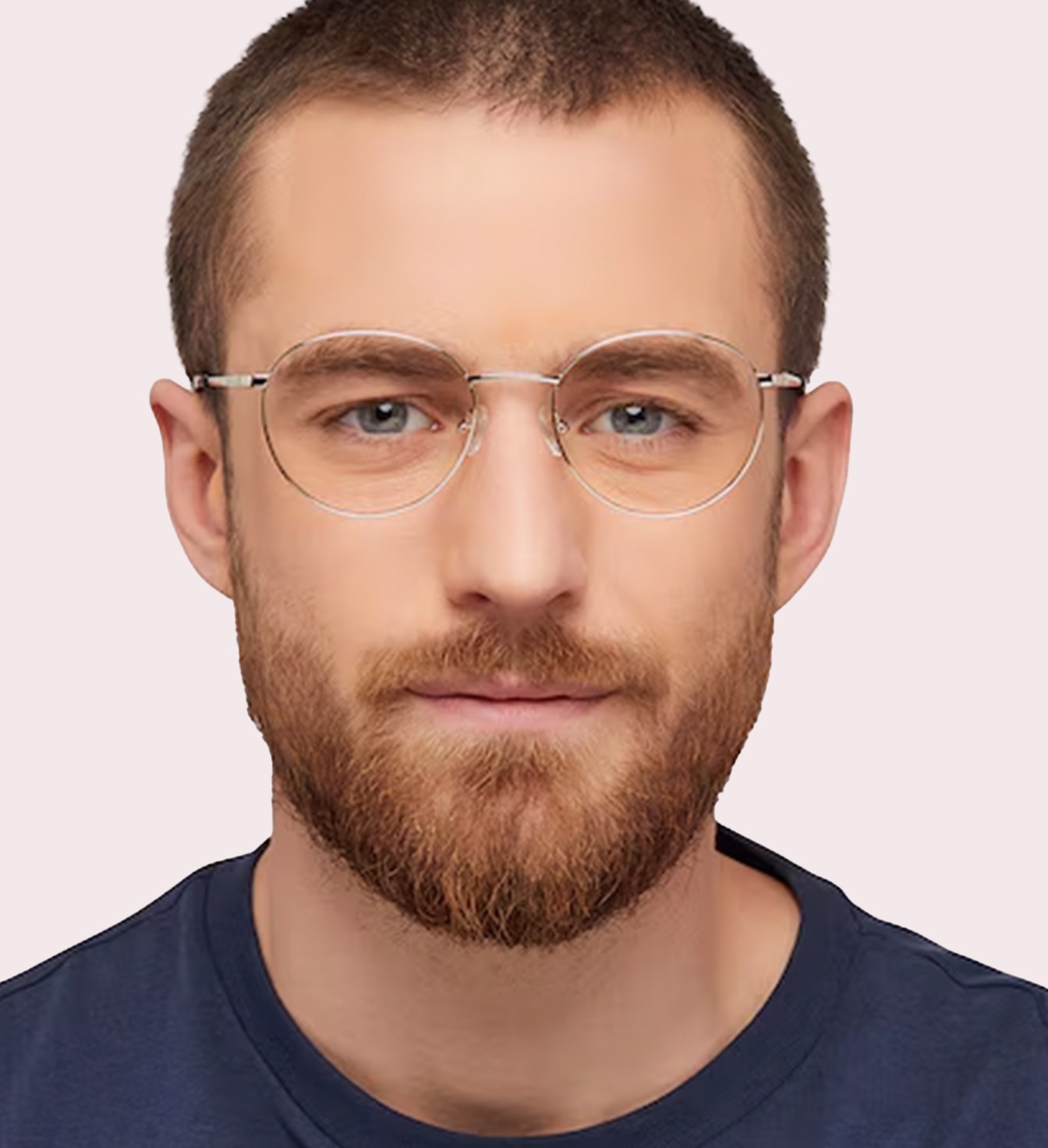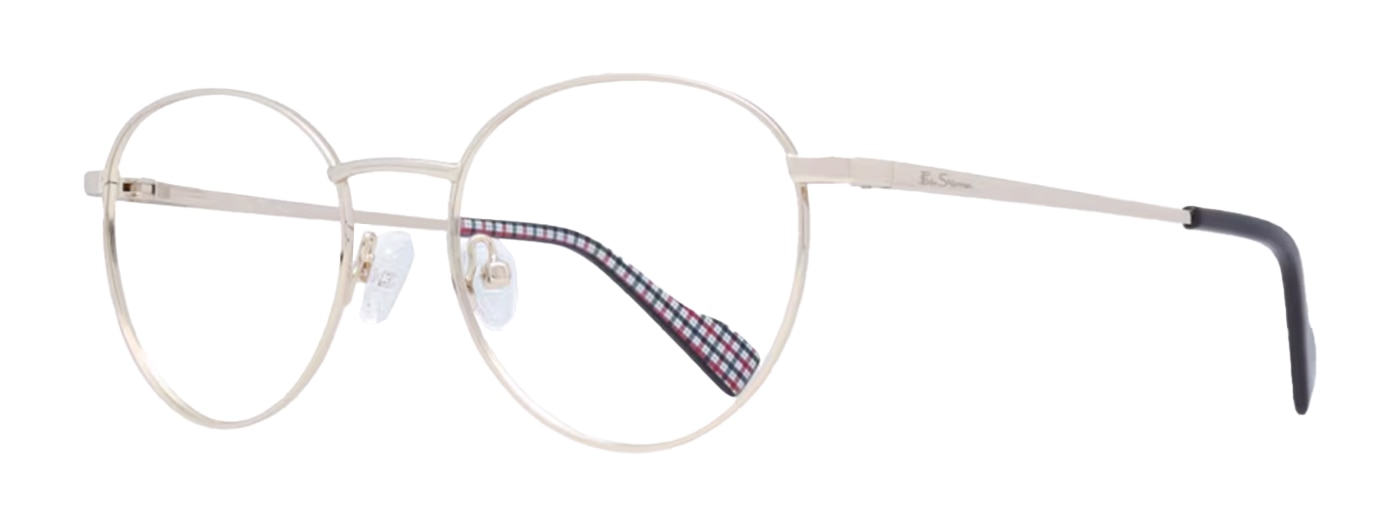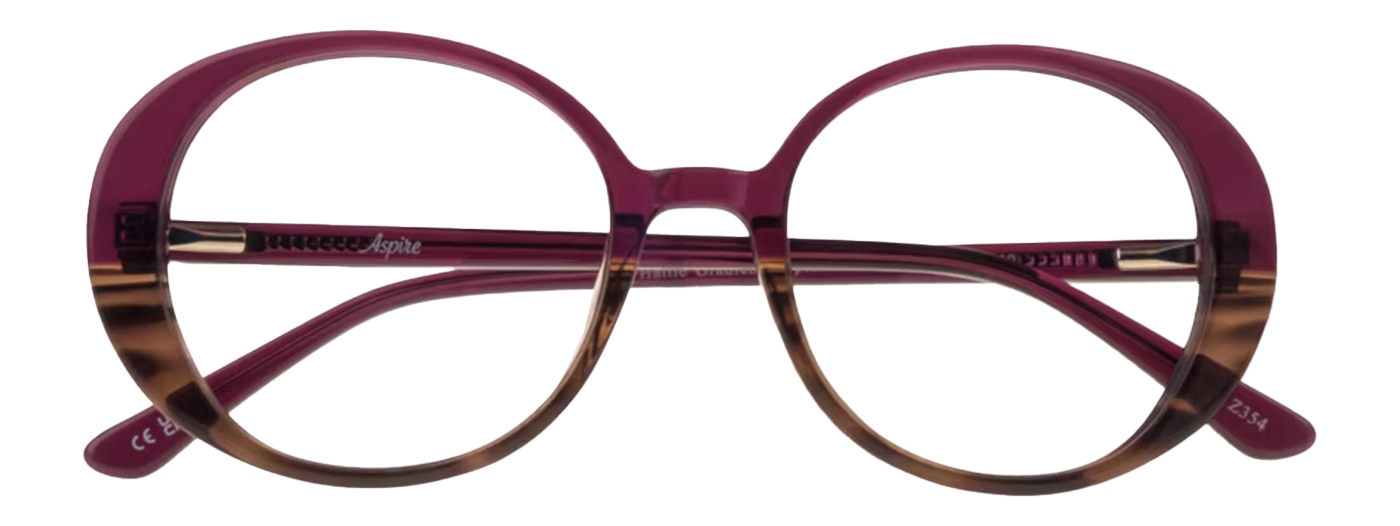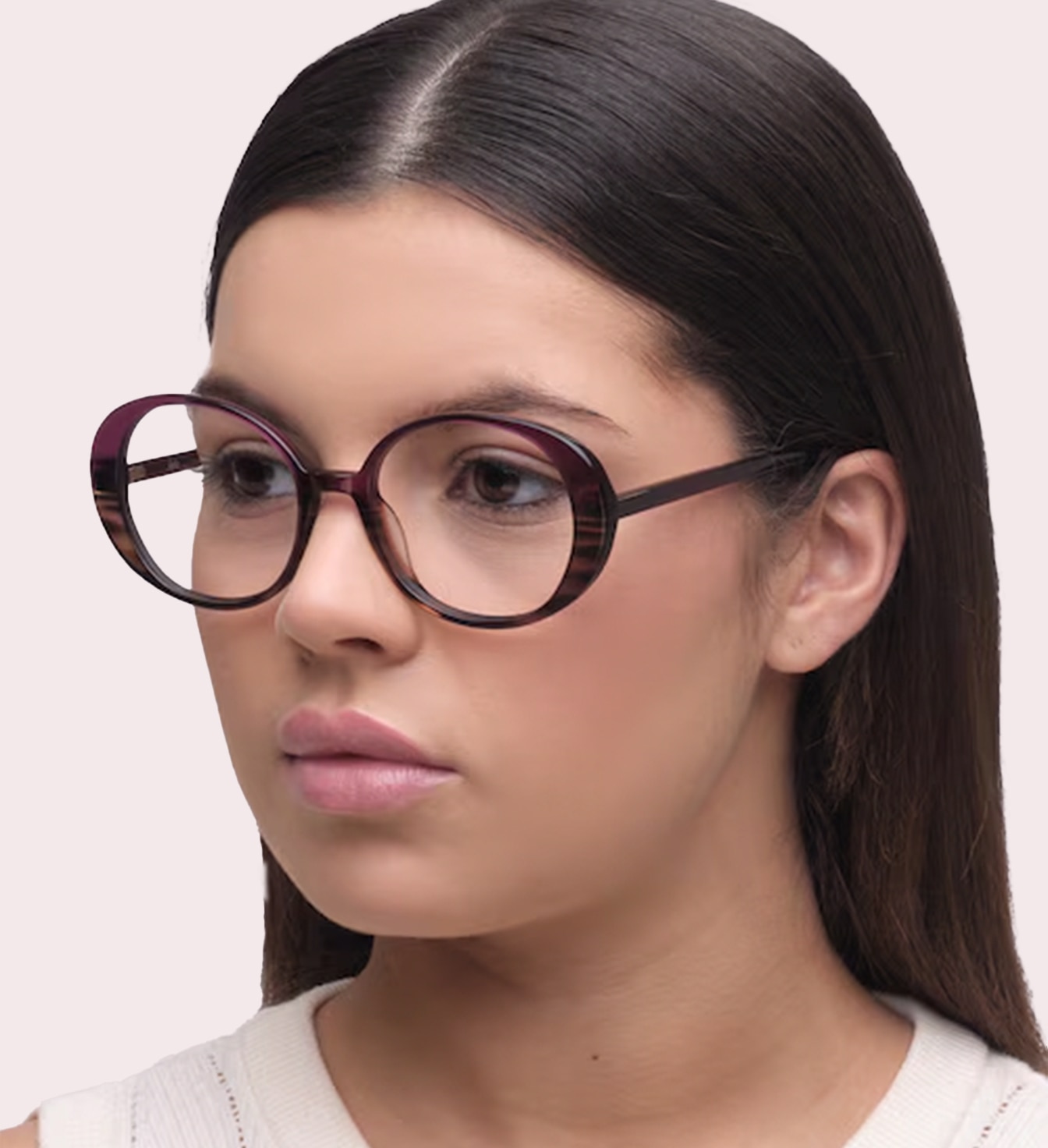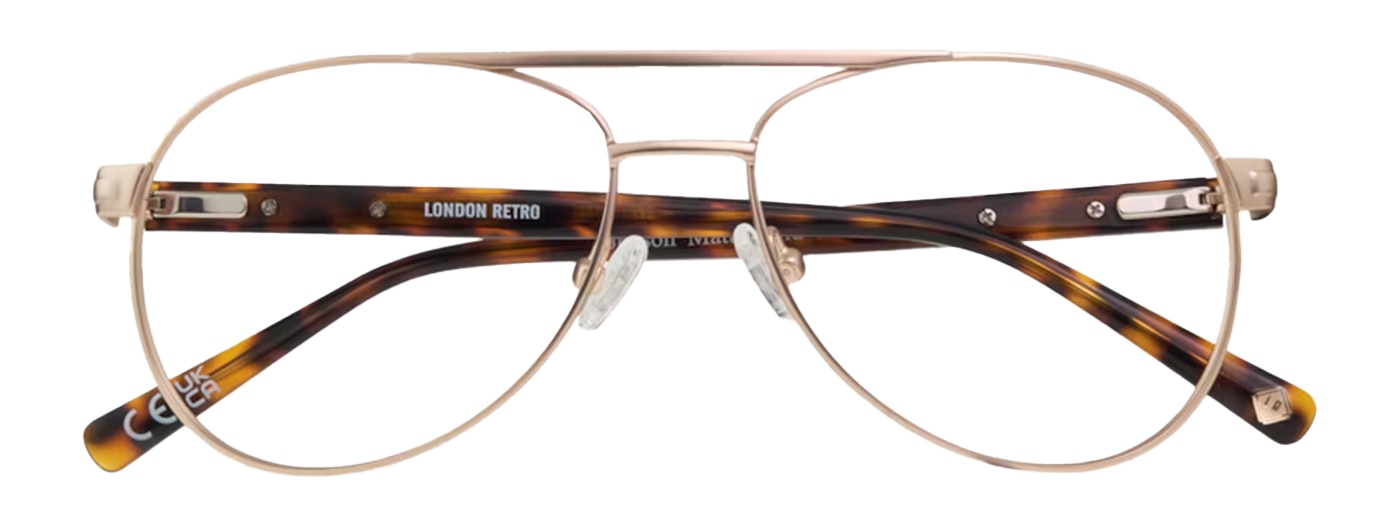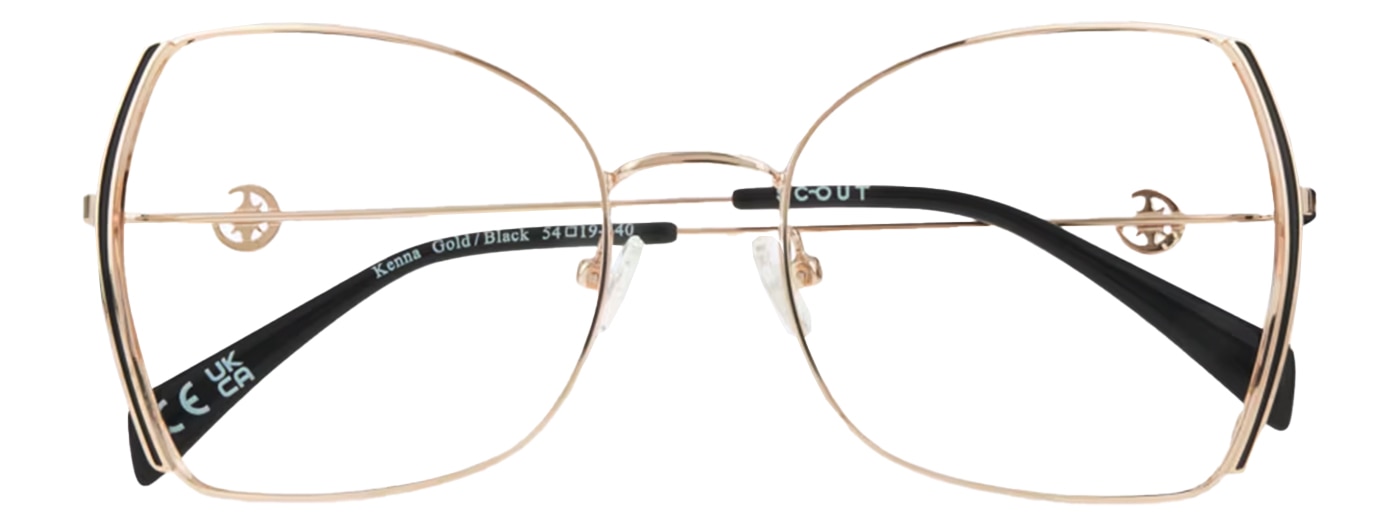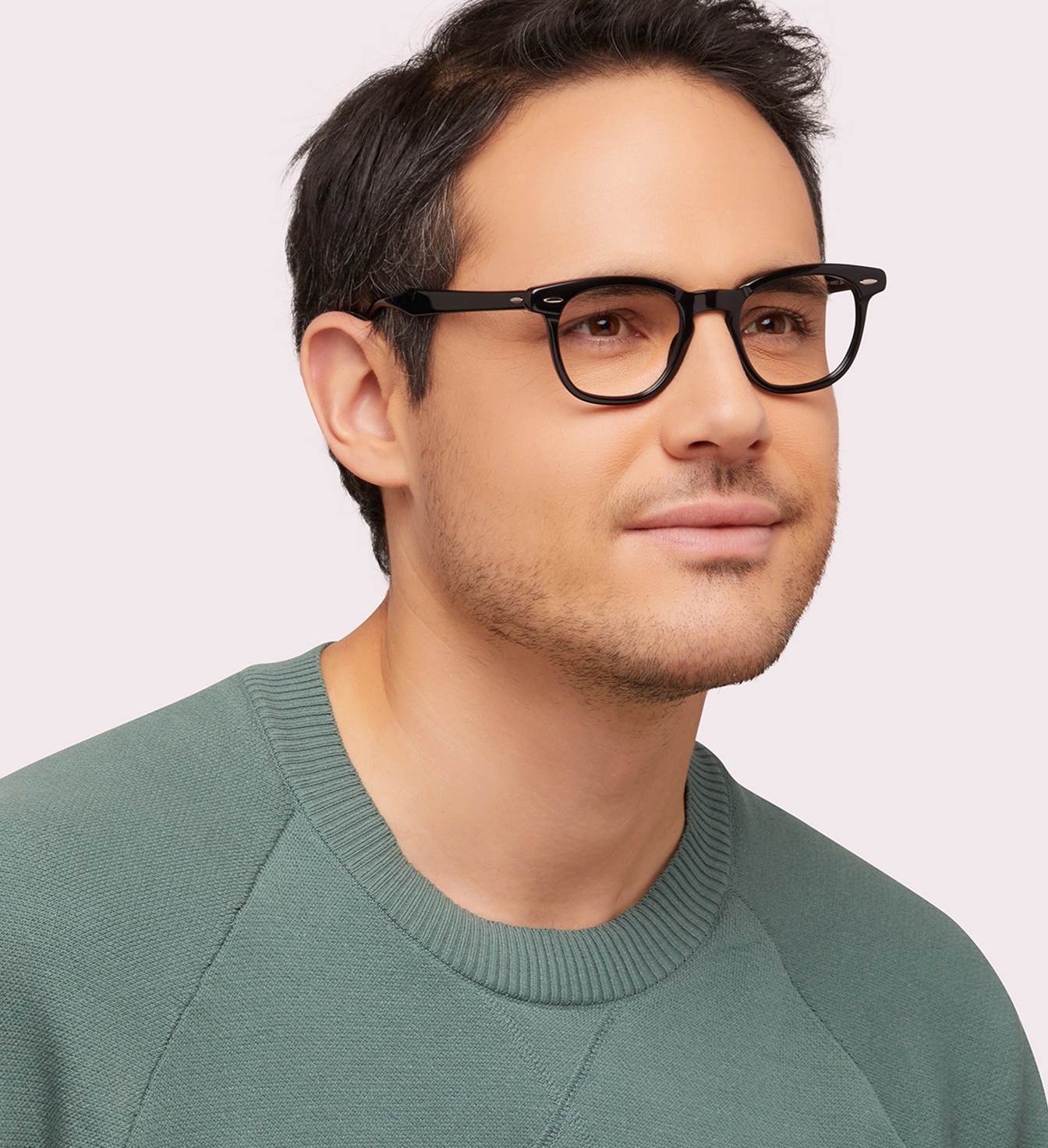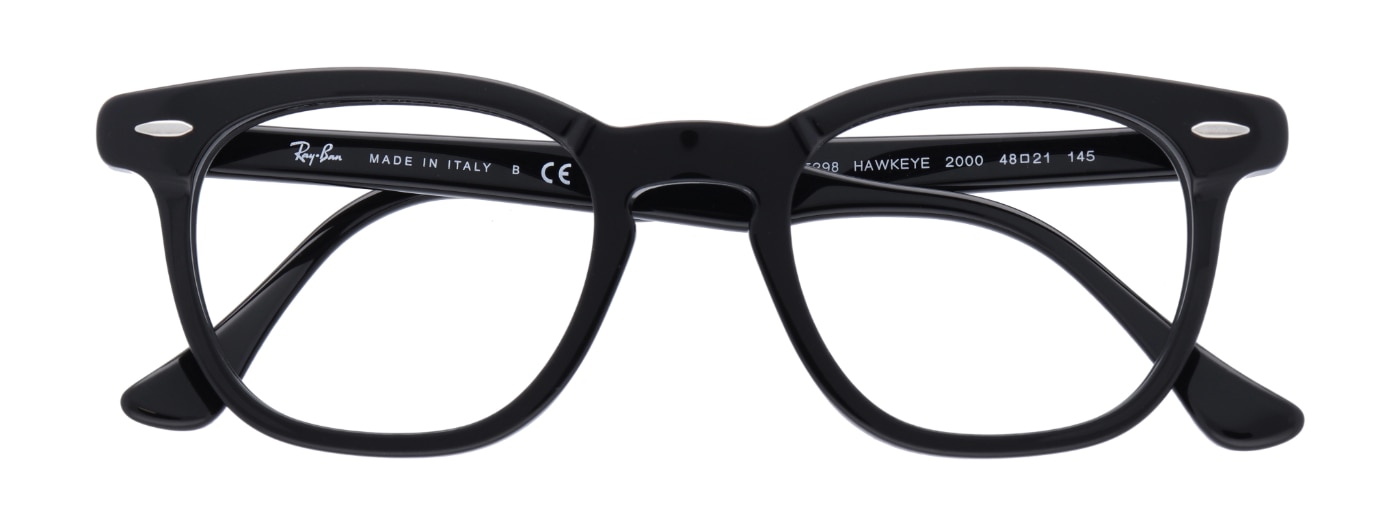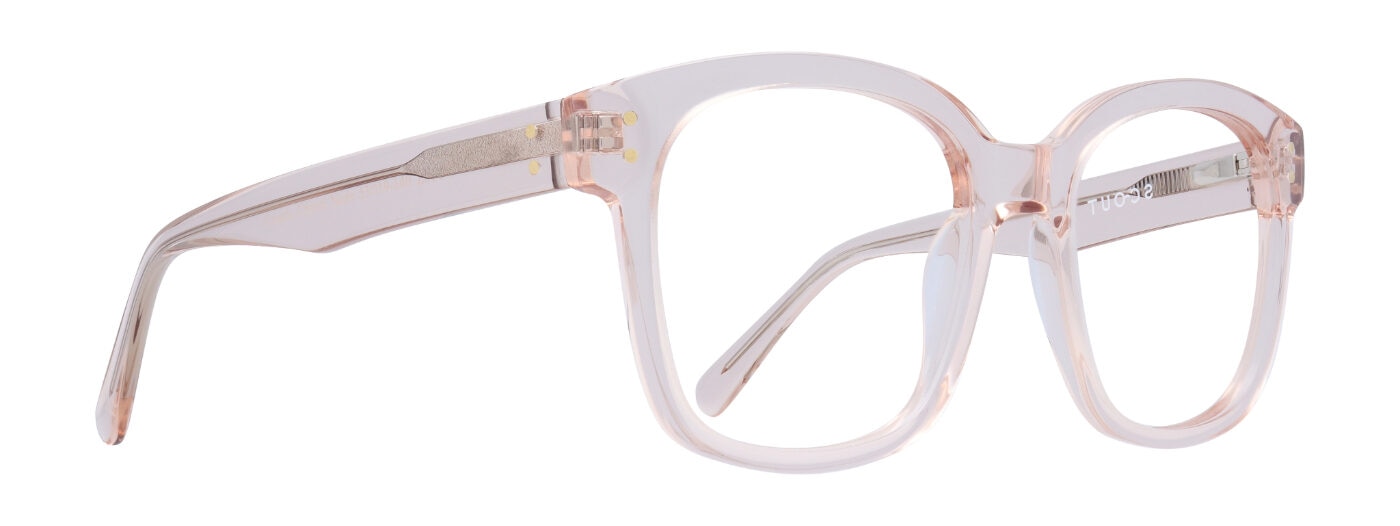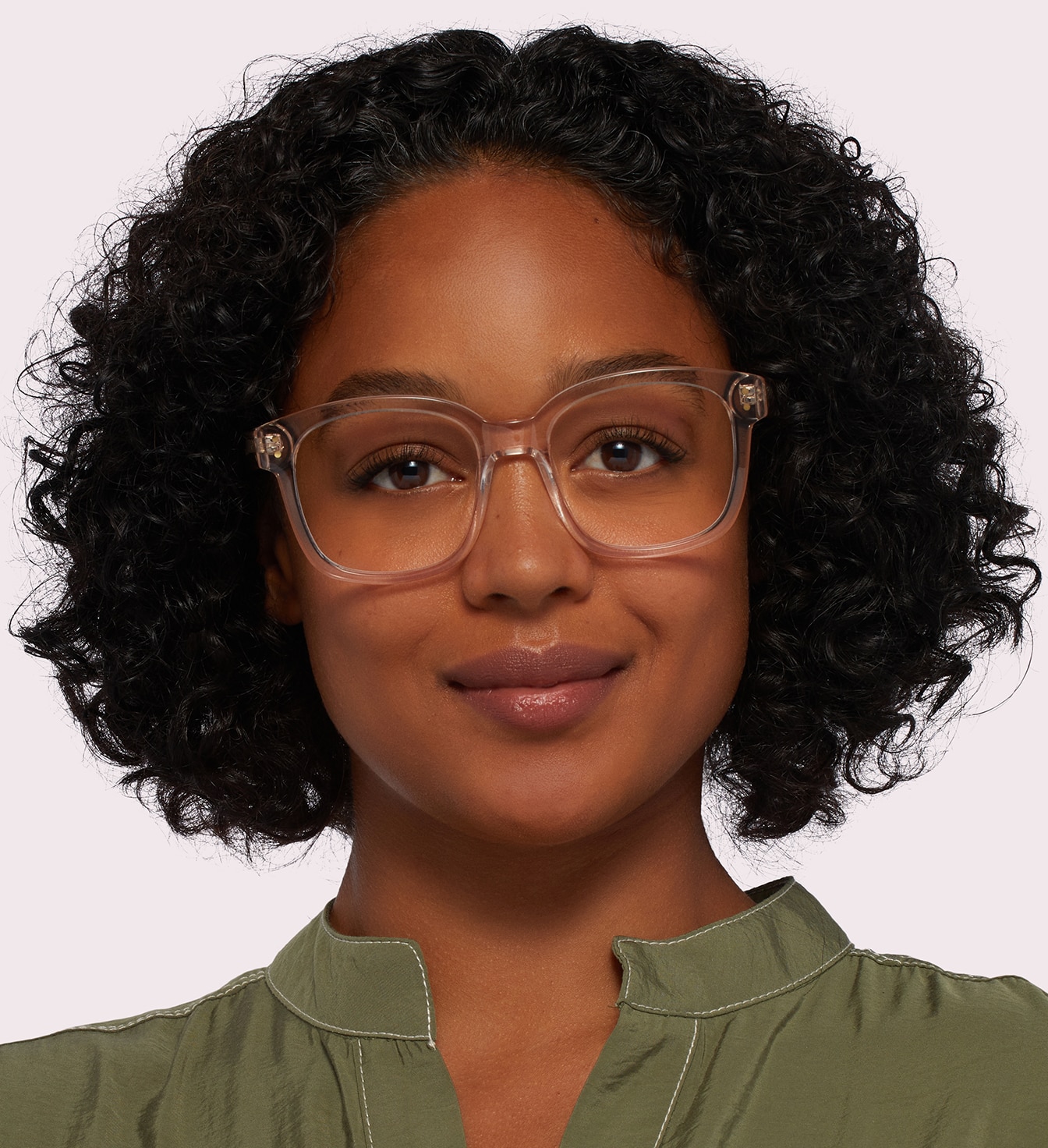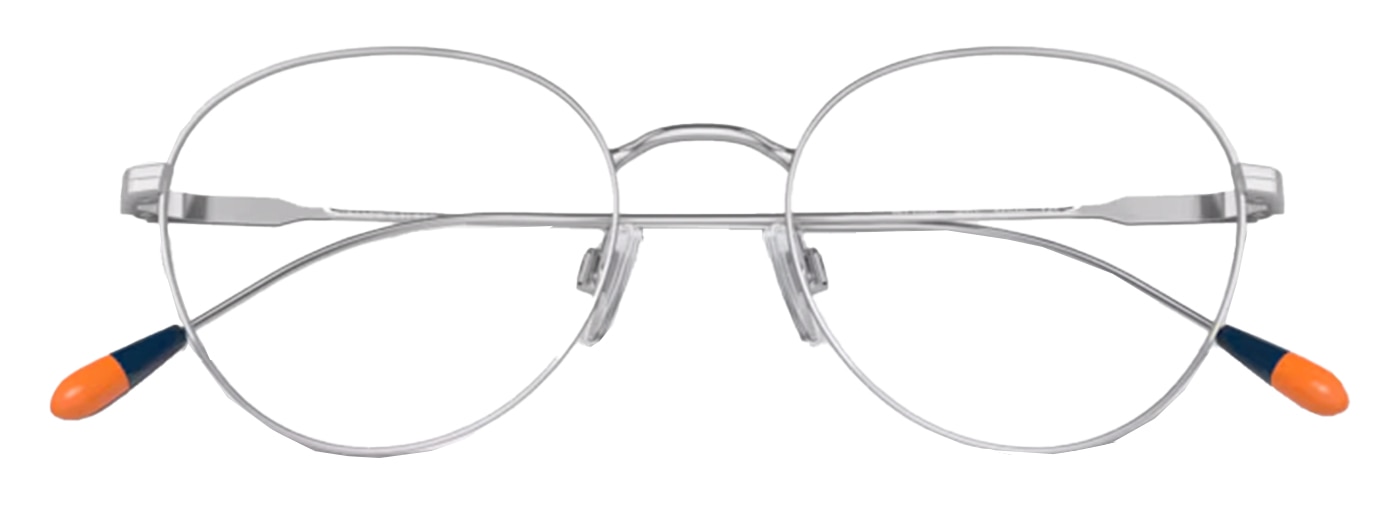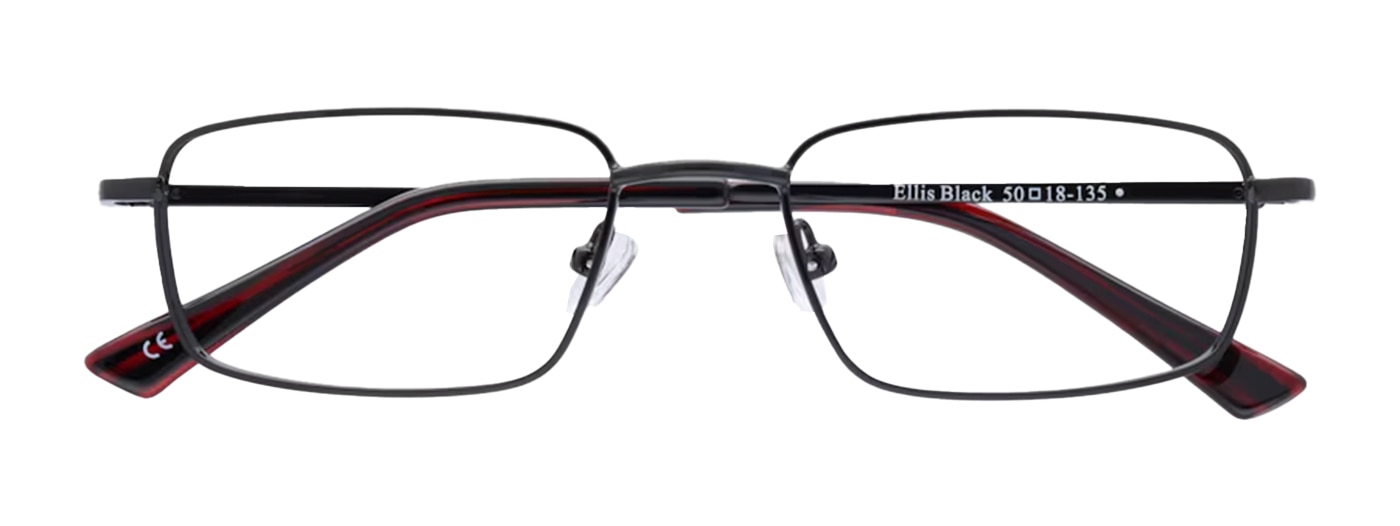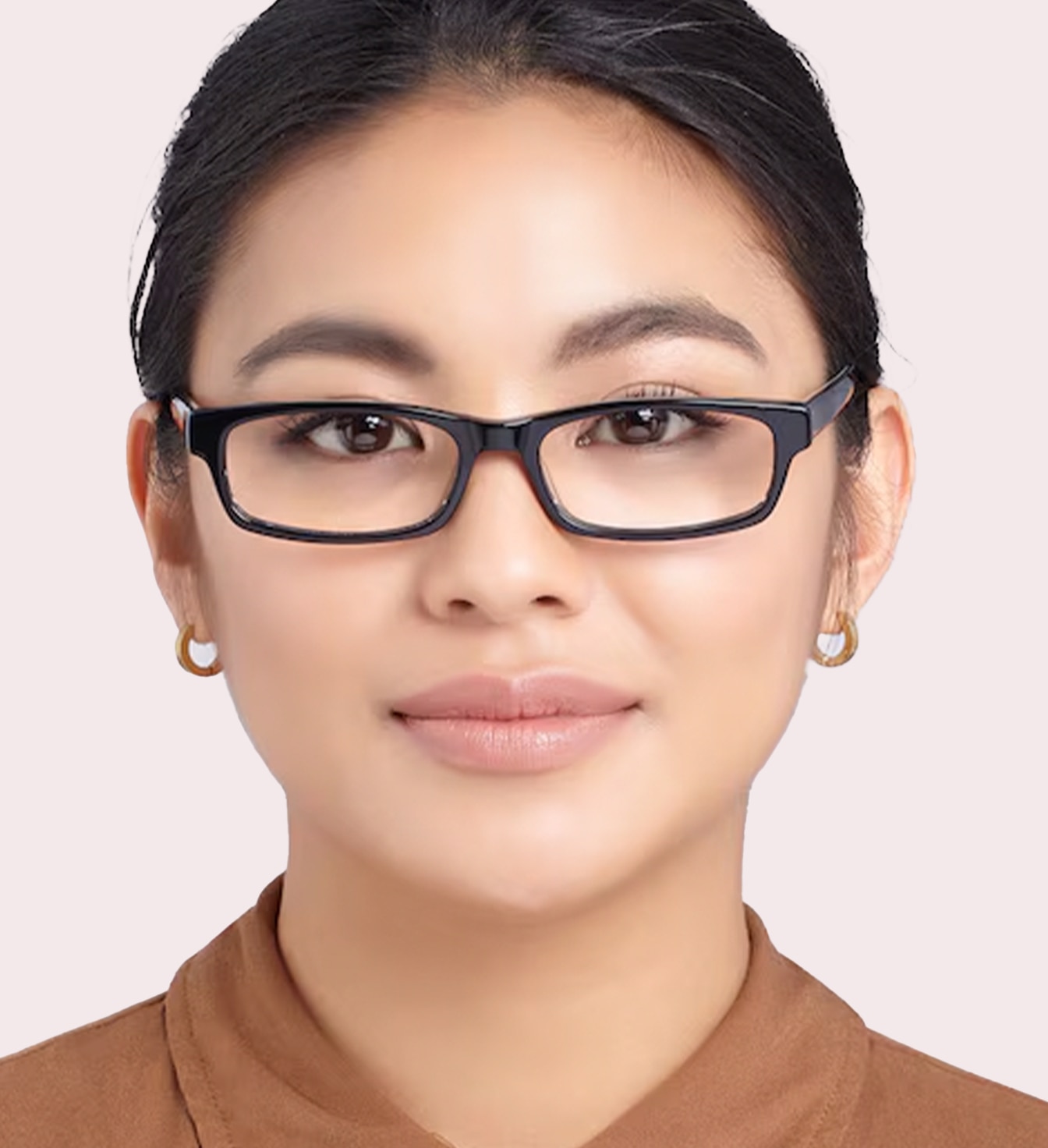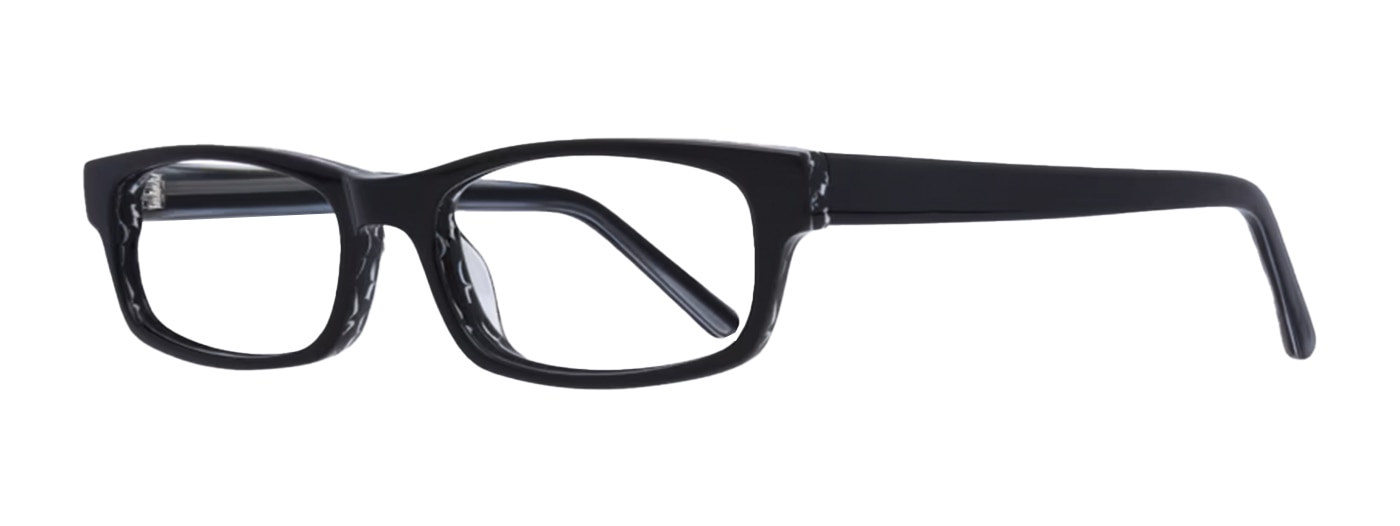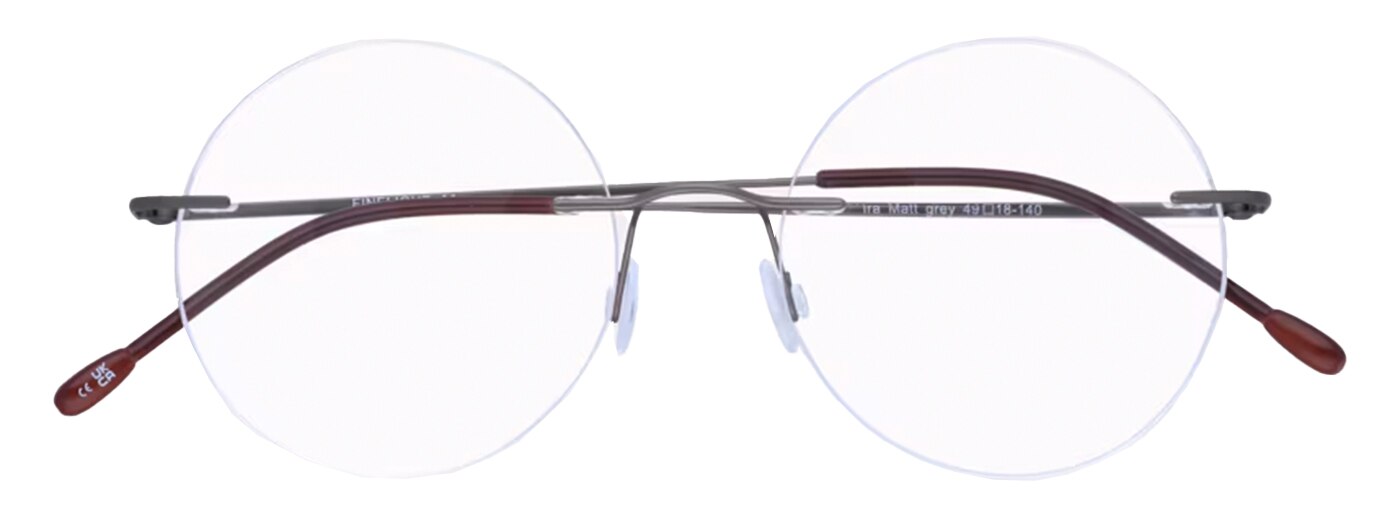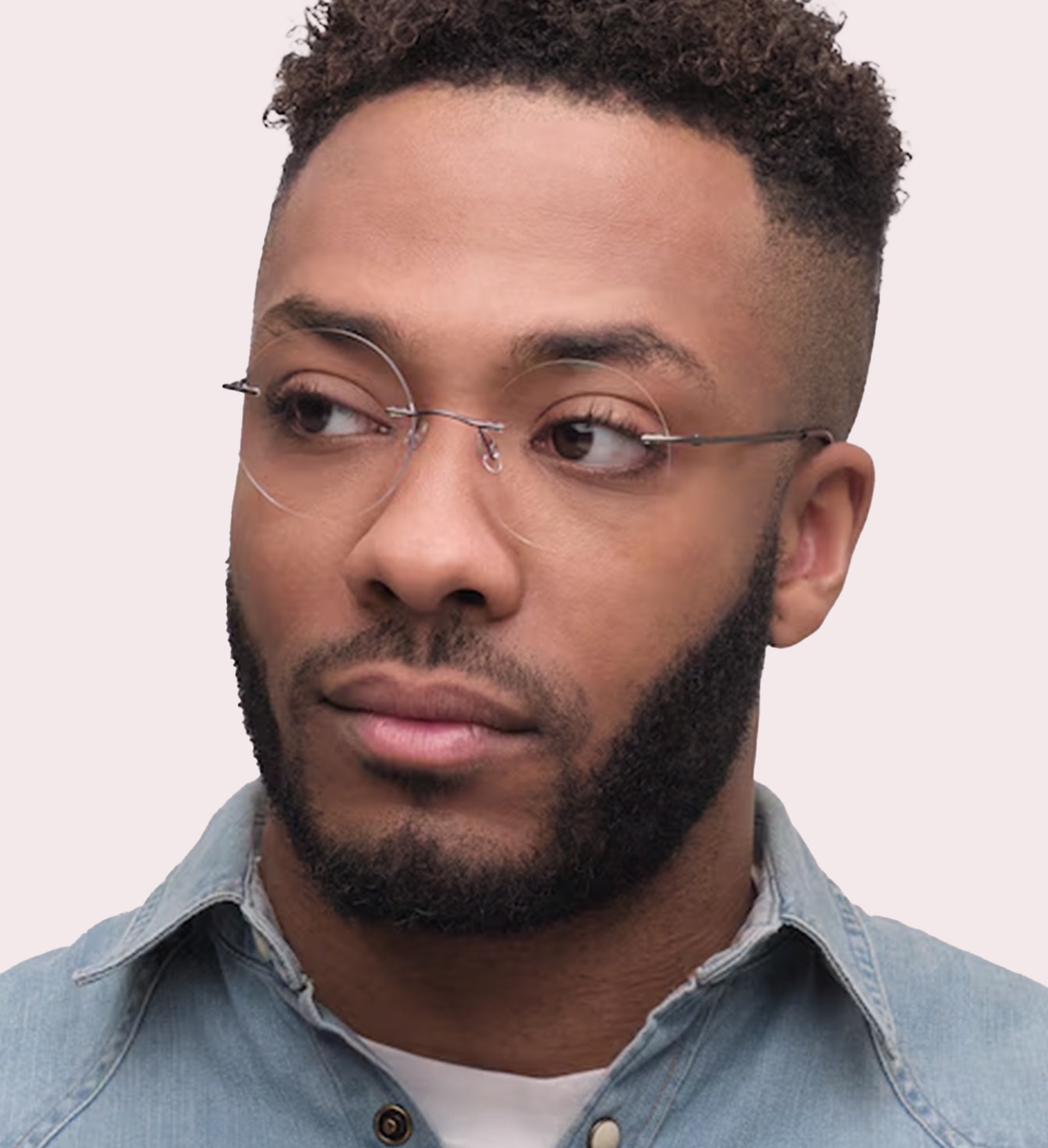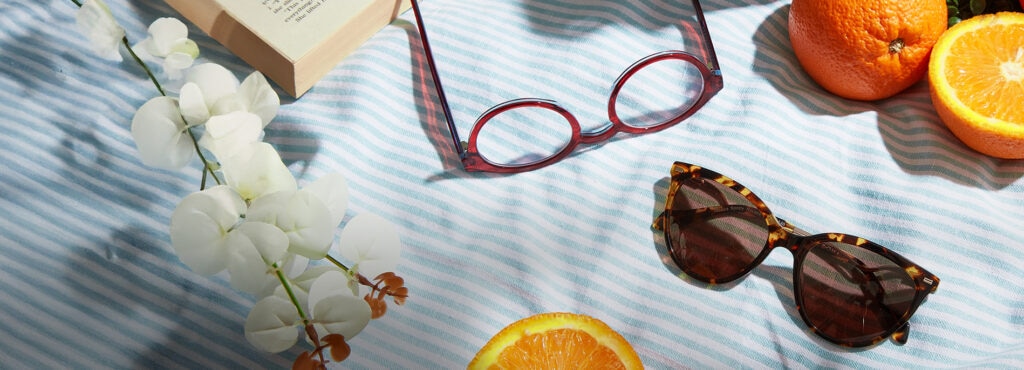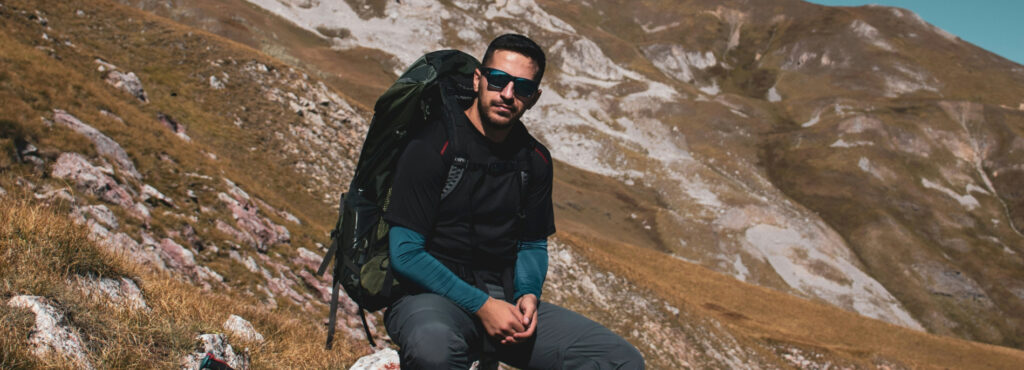Glasses have been an important accessory for generations. They are much more than just a simple tool to help you see clearly – from making a bold style statement to a rebellious expression of individuality. Glasses reflect fashion and culture throughout history, with exciting new styles and eyewear trends popping up every year. Eyewear styles and materials have evolved in fascinating ways over the decades — from the elegant 1950s-style cat-eyes to the sleek, minimalistic designs of the 2000s. Retro glasses with their classic charm have an enduring appeal that never seems to fade.
Vintage-style glasses have come full circle in the fashion world and so we thought we’d take a little trip down memory lane. Get ready to dive deep into the most iconic eras and discover how these timeless shapes and styles first became popular.

Chic 50s retro glasses — Hollywood glamour
The 1950s was the heyday of the Hollywood icon and rock ‘n’ roll star. New unconventional designs and distinctive shapes began to emerge in the spotlight as celebrities embraced exciting new styles of clothing and eyewear. Prescription glasses became ever more popular as a result and were no longer strictly for functional use. Instead, they evolved into a fashion staple for movie stars and trendsetters alike.
Vintage cat-eye glasses have always been a strong symbol of glamour and femininity. The brainchild of creative American entrepreneur Altina Schinasi, they were the first glasses style specifically designed to flatter women. The peaked outer edges emphasised the cheekbones and gave the wearer’s face a natural lift. Adorned by celebrities like Marilyn Monroe and Doris Day, they became a must-have fashion accessory among women in the 1950s. Their curvy and playful design paired well with the vibrant prints and swing dresses which were popular during the decade.
Cat-eyes are still loved today for their ability to suit all face shapes, as well as their elegance and timeless retro appeal. Designers continue to innovate, adding luxury embellishments and upscaling the classic narrow style of these popular 50s glasses.
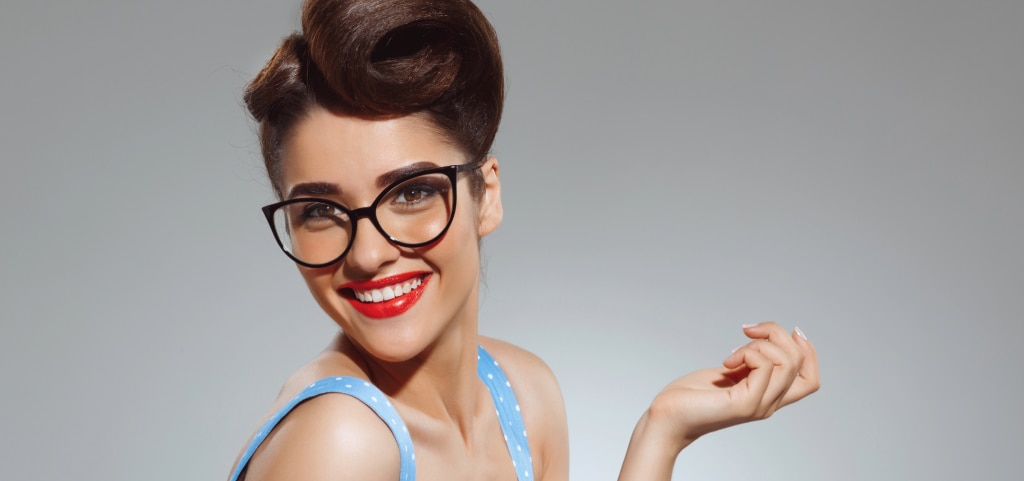
Daring, modern designs also took centre stage for men in the 1950s as they began to step away from the more traditional fashion of the previous decades, setting them apart from their parents as the post-war confidence began to emerge. Hollywood star James Dean was a 1950s pin-up and had a rebellious spirit that reflected in his fashion choices. He tended to wear horn-rimmed or tortoiseshell glasses, particularly browline frames which had a prominent upper frame that mimicked the shape of the eyebrows, giving them a bold, masculine look. James Dean also favoured phantos-shaped glasses with a classic tortoiseshell pattern. Both styles became synonymous with his cool, edgy style.
Rock ‘n’ roll icon Buddy Holly also firmly set eyewear trends during the decade. Men’s glasses in the 50s were often made of bold acetate which was an innovative, lightweight material at the time. Angular shapes were also very much in style. Our London Retro Archives Collection is inspired by this iconic decade and is home to a range of classic 1950s-style glasses.

Swinging 60s glasses — freedom to self-express
1960s fashion reflected the social climate of the time. The Mod movement and the rise of counterculture gave way to bolder, more experimental designs. Clothing and accessories were seen as a form of freedom and self-expression as young people rebelled against the more traditional styles worn by their parents. They flocked to London’s trendy Carnaby Street to buy ‘hip’ clothing from their favourite boutiques. Eyewear therefore also became a huge style statement throughout this decade. The free-spirited and rebellious culture of the time led to this decade being fondly referred to as the Swinging Sixties.
The youth of the 1960s also looked to famous people for inspiration as music festivals became ever more popular. John Lennon and Janis Joplin inspired many with their laid-back bohemian style and stylish 1960s glasses. They typically wore round retro shapes with slim metal frames which resembled the peace sign, a prominent symbol throughout the decade. Diana Ross was also a big fan of this classic style.
Mods (short for Modernist) had a more distinctive fashion sense which consisted of tailored slim-fitted suits, Oxford shirts and cashmere jumpers with bold geometric prints. One of the biggest influences on Mod fashion were rock bands like The Kinks and The Who. British symbols like the Royal Air Force roundel and Union Jack flag also featured on much of their clothing. Brands like Fred Perry and Ben Sherman are the epitome of the Mod style.
Young women, meanwhile, cut their hair short, wore miniskirts and embraced traditionally masculine clothing. They were first influenced by revolutionary British fashion designer Mary Quant and later supermodels like Twiggy. Not forgetting, of course, the statement eyewear which became fashionable, ranging from modern, quirky shapes to bold, oversized eyewear.
Later in the 1960s, oval-shaped and oversized glasses would grow to become a huge hit, from chunky acetates to funky geometric shapes. Designers began to experiment with bigger shapes and bolder designs. Fashionista Jackie Kennedy, formerly Onassis, was very rarely seen without a pair of oversized sunglasses on.

Funky 70s retro eyewear – from disco divas to punks
70s fashion embraced individualism. It was the decade of disco with musical artists like Abba, Chaka Khan and the Village People finding fame. Style lovers wanted to stand out from the crowd and enjoyed the most wacky fashion choices. They experimented with colourful designs and bold shapes. As such, flamboyant fashion was all the rage from bellbottoms to platform shoes.
Eyewear was just as eye-catching and extravagant at this time. Supersized square frames, geometric and butterfly shapes soared to success, favoured by celebrities and fashion lovers alike. Actresses like Sophia Loren and Olivia Newton-John were iconic for their oversized glasses during the 70s. Elton John is probably the most iconic eyewear trendsetter and has inspired many fashionistas over the decades.
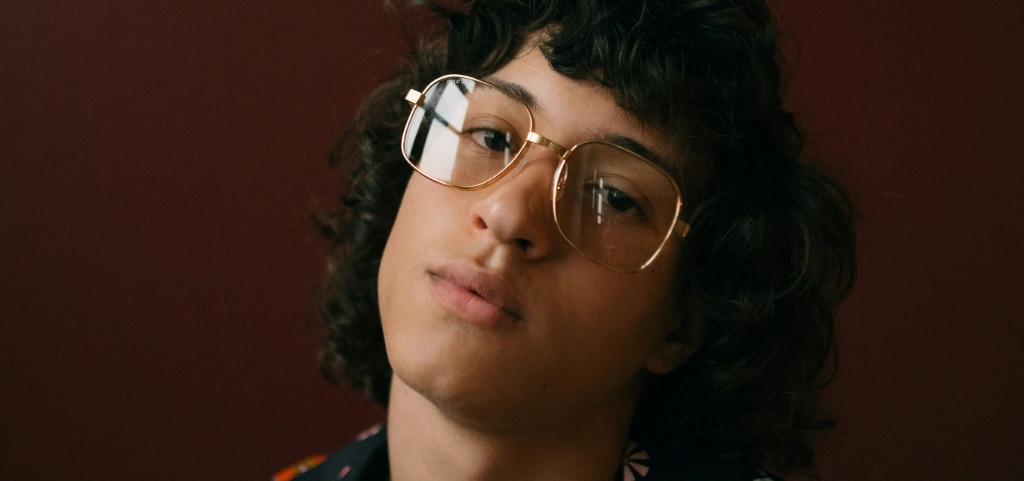
Punk music also grew in popularity and so too did punk-inspired clothing thanks to the British rock band the Sex Pistols and rockstars like Joan Jett. Innovative fashion designer Vivienne Westwood also had a huge influence on the unconventional fashion style of this movement. The punk fashion style consisted mostly of leather jackets, studded belts, creepers and graphic tees. With the worldwide coverage of the Vietnam War, military-inspired fashion also became part of the punk subculture, with clothing like bomber jackets, boots and Aviator glasses rising to prominence. Punk fashion was expressive and rebellious. It would later influence bands like Nirvana and Green Day.
70s glasses have recently returned to the scene in a big way since the release of successful TV shows and movies, set in the 1970s, like The Serpent and House of Gucci. The costume designers did an exceptional job at recreating the fashion of the time. So much so, it has inspired fashionistas everywhere to try a whole range of vintage eyewear. Havana prints, gold metal and subtle muted colours were ultra-trendy during this decade. So if you want to recreate the look, these are the styles to go for!

Statement 1980s glasses – Bright and bold
1980s fashion was about creating maximum drama. The more elaborate your eyewear, the better. Vibrant neon colours and bold designs dominated this iconic era from reimagined pilot-style frames and the ultra-cool Wayfarer to quirky decorative designs and transparent glasses.
Wayfarer glasses by Ray-Ban®, with their chunky full-rim acetate frames and classic angular shape, became an icon of the decade. Worn by everyone from musicians to movie stars, the Wayfarer was a rad new style that every rebellious cool kid had. Don Henley even referenced the Wayfarer in his hit 1984 single Boys of Summer. Check out the trendy designer glasses from Ray-Ban® we have selected. Pretty awesome, right?
Power dressing was also a huge 80s trend. Big hair, business suits with huge shoulder pads and oversized glasses frames were the height of fashion. The hit movie Working Girl saw lead actress Melanie Griffith don a pair of large transparent glasses, similar to the design we have selected below.
80s fashion is back in a big way thanks to the recent release of hit shows set during this unforgettable decade, like Stranger Things and The Goldbergs.

Sleek 1990s glasses – modern minimalism
The 1990s saw a dramatic shift in eyewear trends. The bolder styles of the 1980s were replaced by clean-cut and subtle eyewear designs. Actresses like Jennifer Aniston and Gwyneth Paltrow as well as supermodels like Kate Moss and Naomi Campbell led the way when it came to style trends. Glasses shrunk in size, becoming a chic, understated accessory. Trendsetters began to embrace a much more minimalistic look.
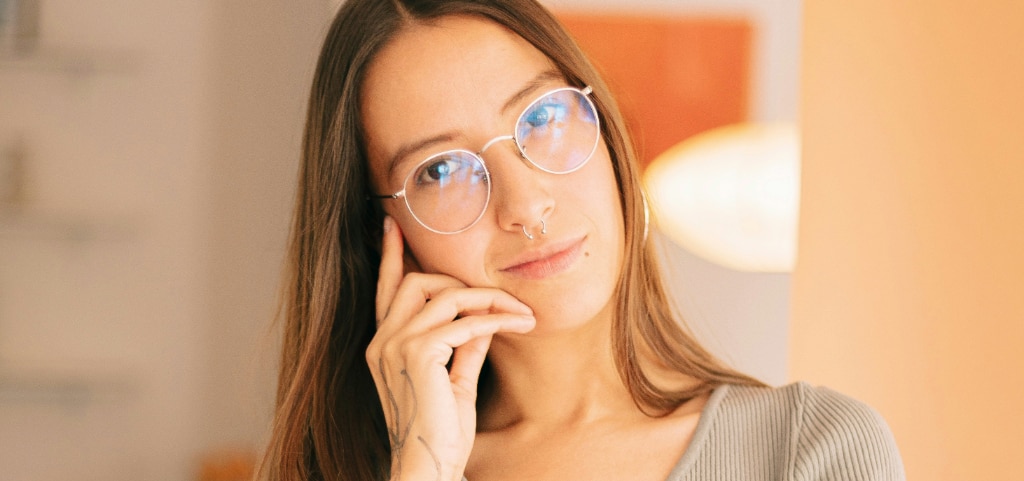
The 90s also saw the emergence of grunge influences, with round glasses and oval-shaped frames becoming popular among musicians and artists, further popularised by bands like Oasis and Nirvana. Meanwhile, the tech-savvy and more professional crowd gravitated toward sleek, understated glasses, often made of metal or titanium. Softer tones like silver, gold and muted colours like black were also popularised.

2000s glasses – emerging Y2K fashion trends
At the dawn of the millennium, technology really started to take off and was therefore integrated into the fashion of the time. Digital screens began to play a larger role in daily life, which sparked the trend of blue-violet light glasses, designed to protect your eyes from prolonged screen exposure.
In terms of style, there was now a more diverse selection of choices. Glasses were available in a multitude of shapes and styles. This gave wearers the freedom to express their unique personal style. Celebrity culture also had a huge influence on fashion trends, with specific brands becoming more popular due to recognisable endorsements.
The decade is also commonly referred to as the Y2K era. The abbreviation was initially used to refer to a computer glitch which was potentially going to cause issues with calendar data when the date switched from 1999 to 2000. To fashion lovers, the term has a much more sentimental meaning that refers to style trends in the early 2000s. The millennium caused a lot of excitement as people looked ahead to the future.
One notable 2000s trend was the rise of Bayonetta glasses. Their name is coined from the titular character in a popular Japanese video game that was released in 2009. She was recognised for being feisty, attractive and intelligent and wore ultra-tiny black rectangular glasses which were a major part of her sophisticated aesthetic. These styles of glasses feature prominently in the hit movie The Devil Wears Prada which is likely when this style first emerged. Gisele Bündchen made a cameo appearance in the film, wearing a sleek pair of rectangular glasses. She became the ‘It Girl’ everyone aspired to be, looking sassy and professional. Before long, this chic fashion accessory was on every fashionista’s face, including Megan Fox and Angelina Jolie. This trend has recently reappeared on social media as the so-called ‘office siren’ or ‘librarian core’ aesthetic, thanks to contemporary fashionistas like Bella Hadid and Sabrina Carpenter.
These ultra-tiny glasses styles were also popular among men. Jude Law in 2004’s American romantic drama Closer wore a slick pair of rimless rectangular glasses which suggested that 2000s eyewear trends were just as subtle and sophisticated for men.

